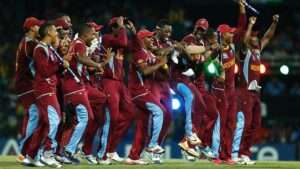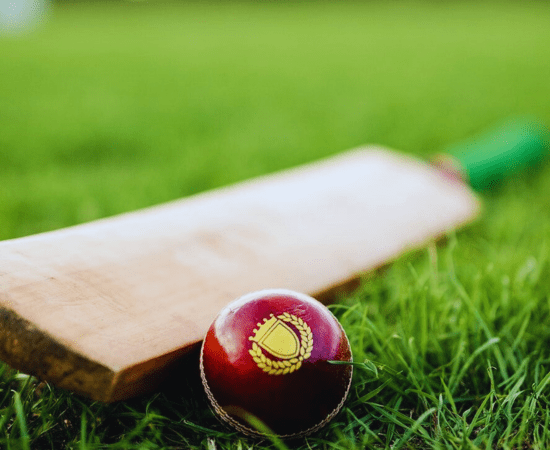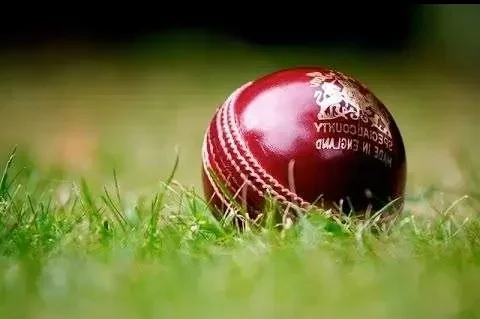How Long is a Cricket Game?
Cricket is a sport known for its rich traditions, strategic gameplay, and captivating moments. However, many enthusiasts wonder about the duration of a cricket game, as it varies depending on the format being played. In this article, we will explore the different designs of cricket matches and delve into the factors that influence their duration. So, let’s dive in and uncover the intriguing aspects of cricket’s time frame.
Understanding the Basics of Cricket
Before we delve into the duration of cricket matches, let’s briefly understand the fundamentals of the game. Cricket involves two teams taking turns to bat and bowl. The batting team aims to score runs by hitting the ball and running between two wooden stumps, known as the wickets. The bowling team strives to dismiss the batters by getting them out by hitting the stumps or catching the ball in the air.
The Duration of Cricket Matches
Cricket matches can be broadly categorized into Test matches, One-Day Internationals (ODIs), and Twenty20 (T20) cricket. Each format has unique characteristics, attracting different audiences and offering varying game durations.
Test Matches: The Longest Format
Test matches are considered the pinnacle of cricket and are played over five days. Each team has two innings to bat and bowl. The game is spread across five days, with breaks for lunch and tea and an extended interval for lunch on the first day. Test matches allow teams to display their endurance, strategy, and skills over an extended period.
One-Day Internationals (ODIs): Limited Overs
As the name suggests, One-Day Internationals are limited to a single day of play. Each team gets to bat and bowl for a maximum of 50 overs, each with six deliveries. ODIs balance the strategic depth of Test matches and the shorter duration of T20 cricket.
Twenty20 (T20) Cricket: The Shortest Format
T20 cricket is the most condensed and fast-paced format. Matches are typically completed in around three hours. Each team plays for a maximum of 20 overs, making it an explosive and thrilling experience for players and fans. T20 cricket has gained immense popularity for its high-scoring games, dramatic finishes, and entertainment value.

Factors Influencing the Length of Cricket Matches
Several factors can closely influence the duration of cricket matches. Let’s explore some of these factors:
Cricket Match Structure
The structure of the match itself plays a significant role in determining its duration. With their five-day format, test matches naturally take the longest to complete. The extended period allows for strategic gameplay and ample opportunities for teams to showcase their skills. On the other hand, ODIs and T20s have predetermined overs, leading to shorter match durations.
The Role of Breaks and Intervals
Cricket matches incorporate scheduled breaks and intervals, which add to the overall duration. For example, test matches have lunch breaks, tea breaks, and shorter intervals between sessions. Similarly, ODIs and T20s have innings breaks and strategic timeouts. These intervals allow players to rest, strategize, and regroup, but they also contribute to the game’s length.
The Impact of Weather Conditions
Weather conditions can have a significant impact on the duration of cricket matches. Rain interruptions are a common occurrence, particularly in countries with unpredictable weather. As a result, competitions may be paused or even abandoned due to heavy rain, resulting in extended playing hours on subsequent days or rescheduling of the game.
Strategies to Speed Up the Game
To maintain a reasonable duration, various strategies have been implemented to speed up the game. For example, in limited-overs cricket, time restrictions are enforced between overs, ensuring the game progresses swiftly. Umpires and match officials also keep a close eye on the pace of play to discourage unnecessary delays and elongation of the match.
The Significance of Time Management in Cricket
Time management plays a crucial role in cricket. Captains and players must make strategic decisions to maximize their team’s chances of victory while considering the limited time available. Therefore, balancing aggression with patience becomes essential, especially in Test matches, where time is valuable.
Television Broadcasts and Commercial Considerations
Television broadcasters and commercial sponsors play a significant role in the duration of cricket matches. Advertisements, television timeouts, and other commercial considerations can extend the game’s overall length. While these aspects contribute to the revenue and promotion of the sport, they also impact the duration experienced by players and viewers.

Fan Engagement and Entertainment
Cricket matches strive to engage and entertain the fans, which can affect their duration. In addition, fan-favorite events such as music performances, cheerleaders, and interactive activities during breaks can enhance the overall experience. While these elements add to the entertainment value, they can extend the game’s length.
Conclusion
In conclusion, the duration of a cricket match varies depending on the format being played. For example, test matches span five days, ODIs are played in a single day, and T20s are completed in approximately three hours. Factors such as match structure, breaks, weather conditions, time management, television broadcasts, and fan engagement all contribute to the overall length of a cricket game. Understanding these factors enhances our appreciation of the game’s dynamics and the unique experiences it offers to players and spectators alike.
FAQs
Q1. How long does a Test match last?
A. Test matches are scheduled to be played over five days but can end earlier if a result is achieved before the final day.
Q2. What is the maximum number of overs in an ODI match?
A. One-Day Internationals (ODIs) consist of a maximum of 50 overs per team, with each over comprising six deliveries.
Q3. How long does a T20 cricket match typically last?
A. T20 cricket matches are designed to be completed within approximately three hours, offering fast-paced, action-packed gameplay.
Q4. Can bad weather affect the duration of a cricket match?
A. Yes, adverse weather conditions, such as heavy rain, can interrupt or delay cricket matches, often leading to rescheduling or adjustments in playing time.
Q5. Are there any strategies to speed up the pace of a cricket game?
A. Various strategies, such as time restrictions between overs and umpire vigilance, are implemented to ensure the game progresses optimally, discouraging unnecessary delays.





